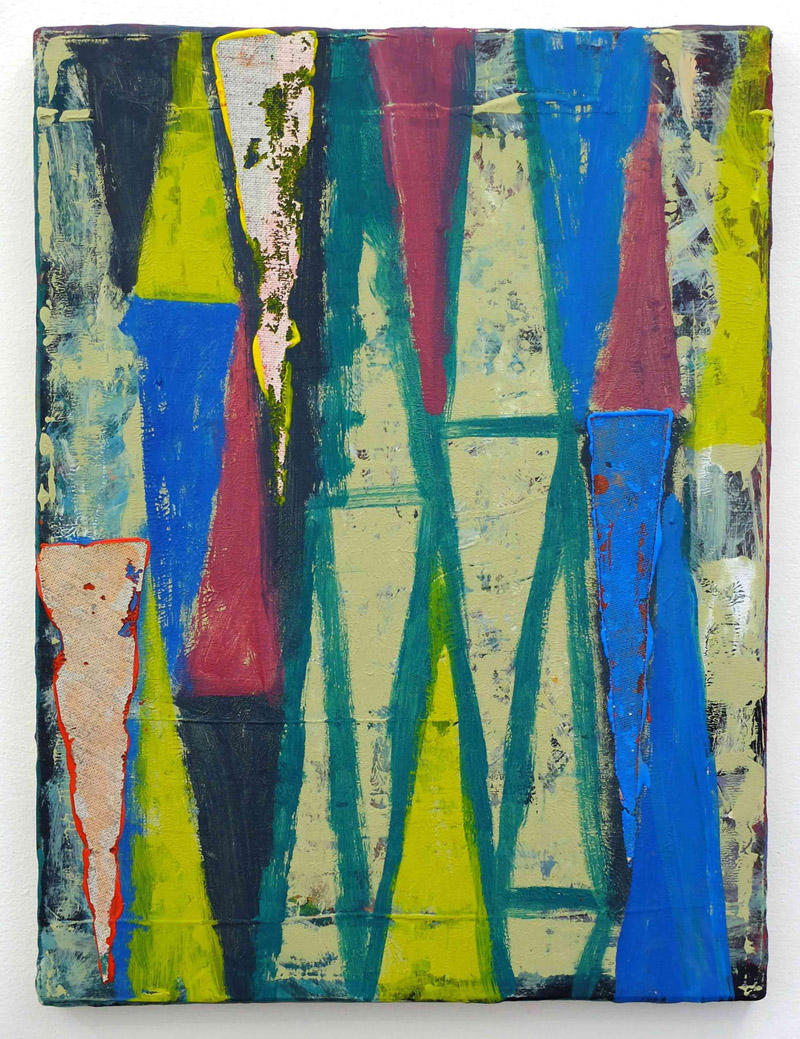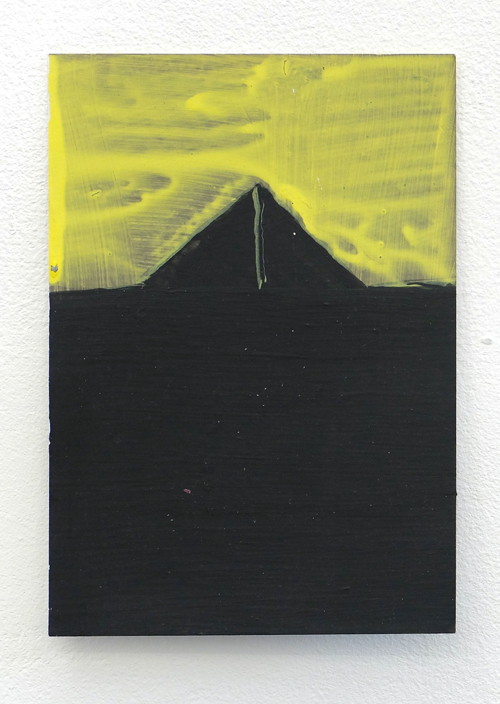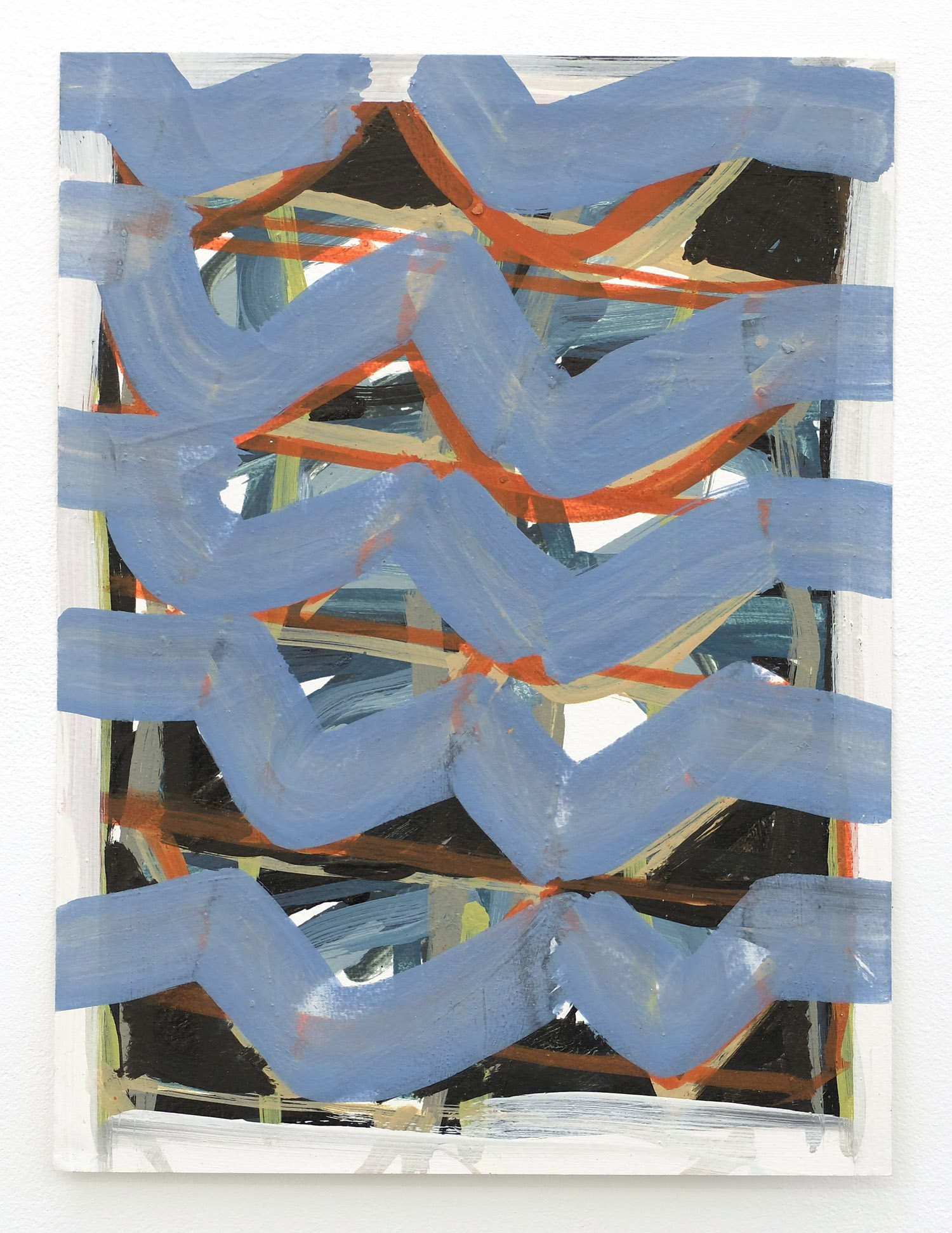INFINITY : ONE
KARL BIELIK, TERRY GREENE, GWENNAN THOMAS, DAVID WEBB
13 June - 19 July 2014
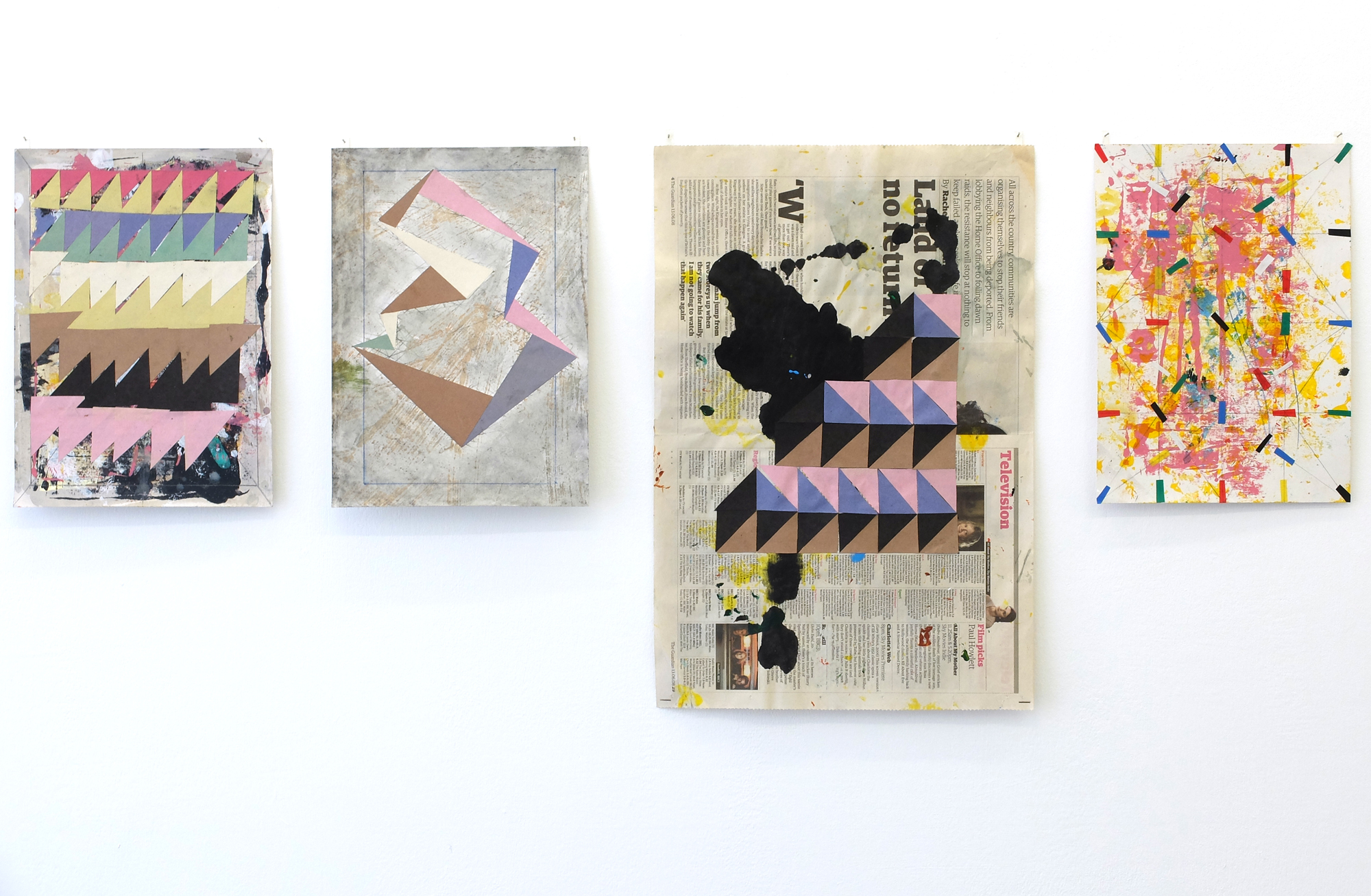
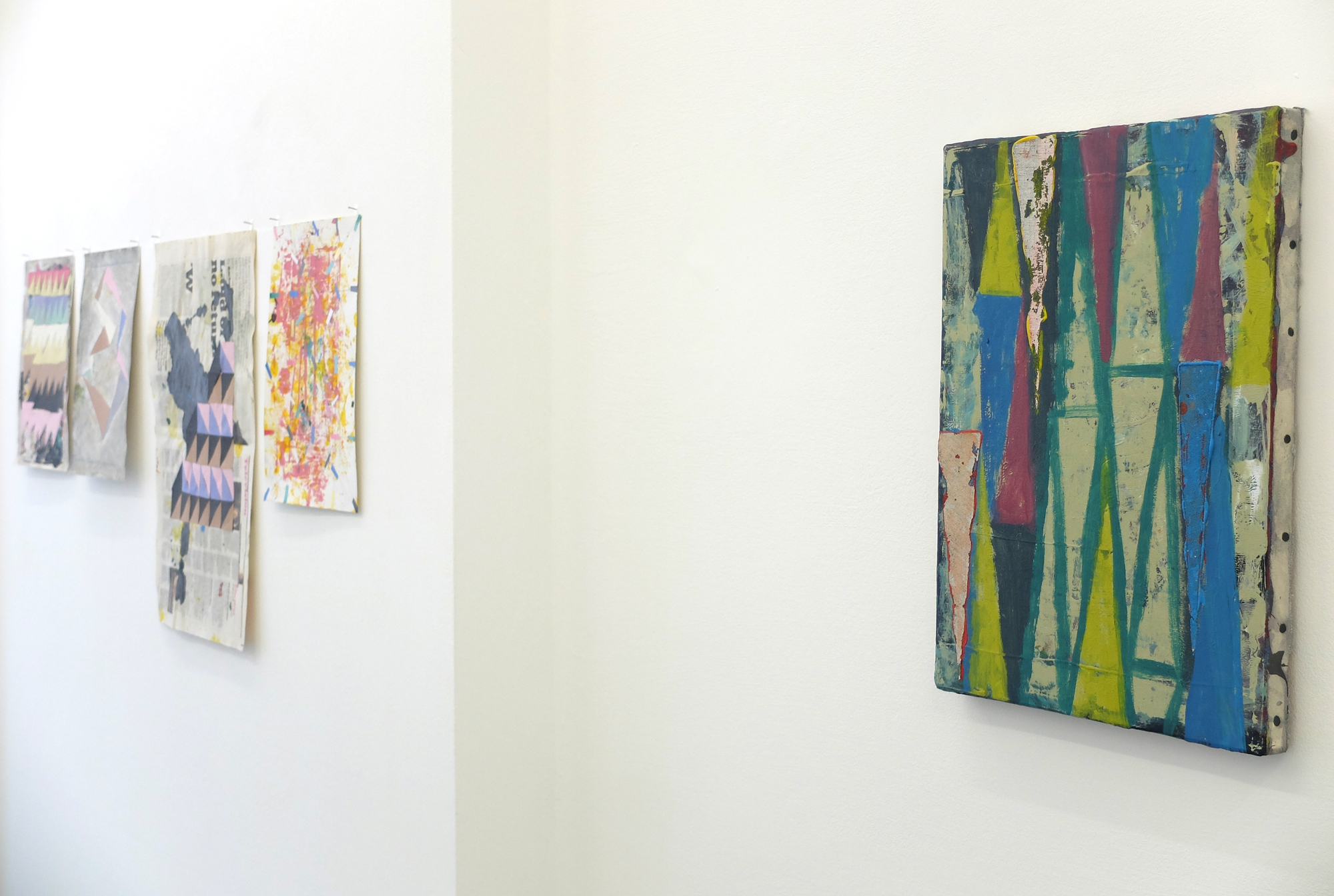
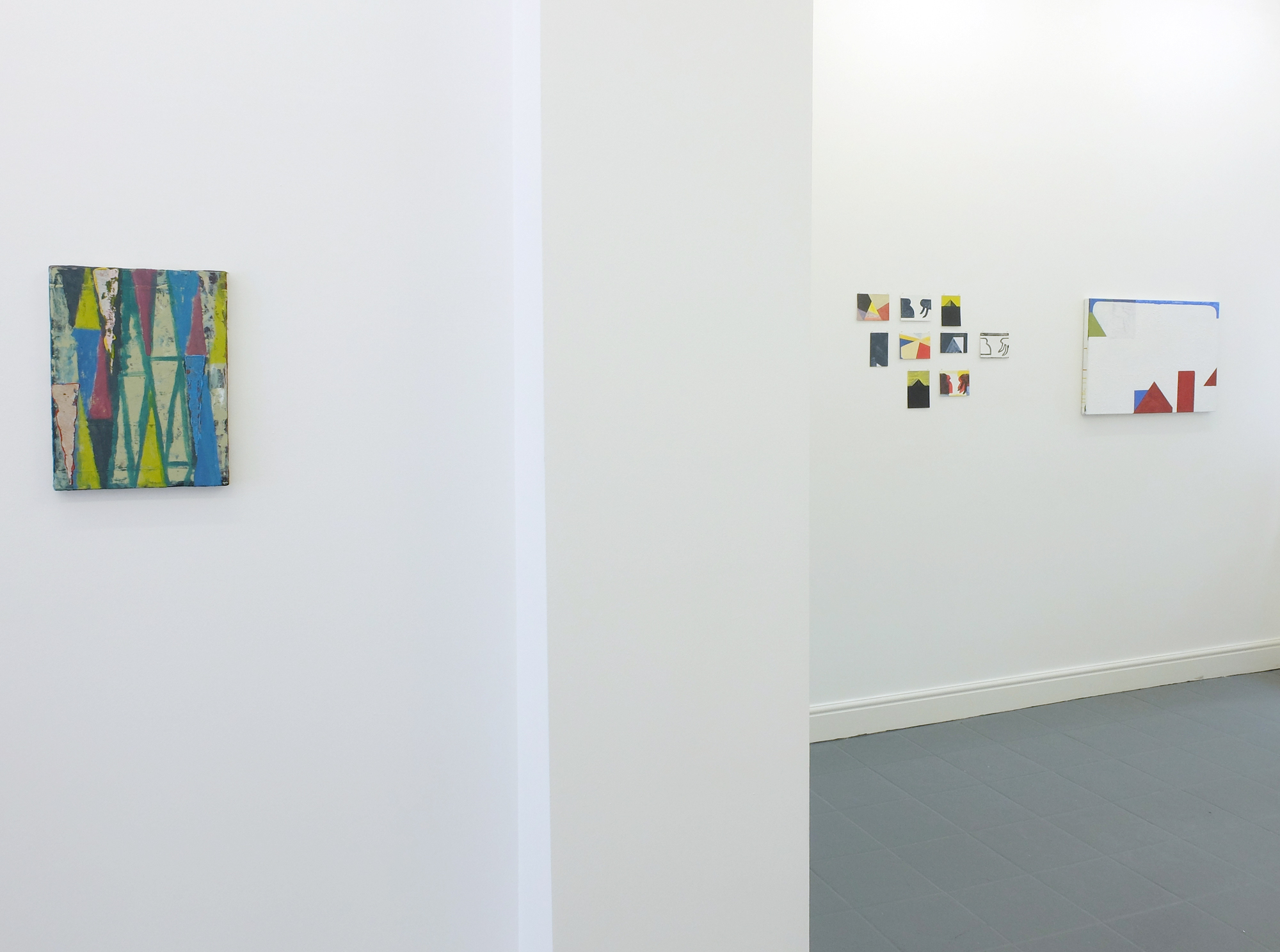
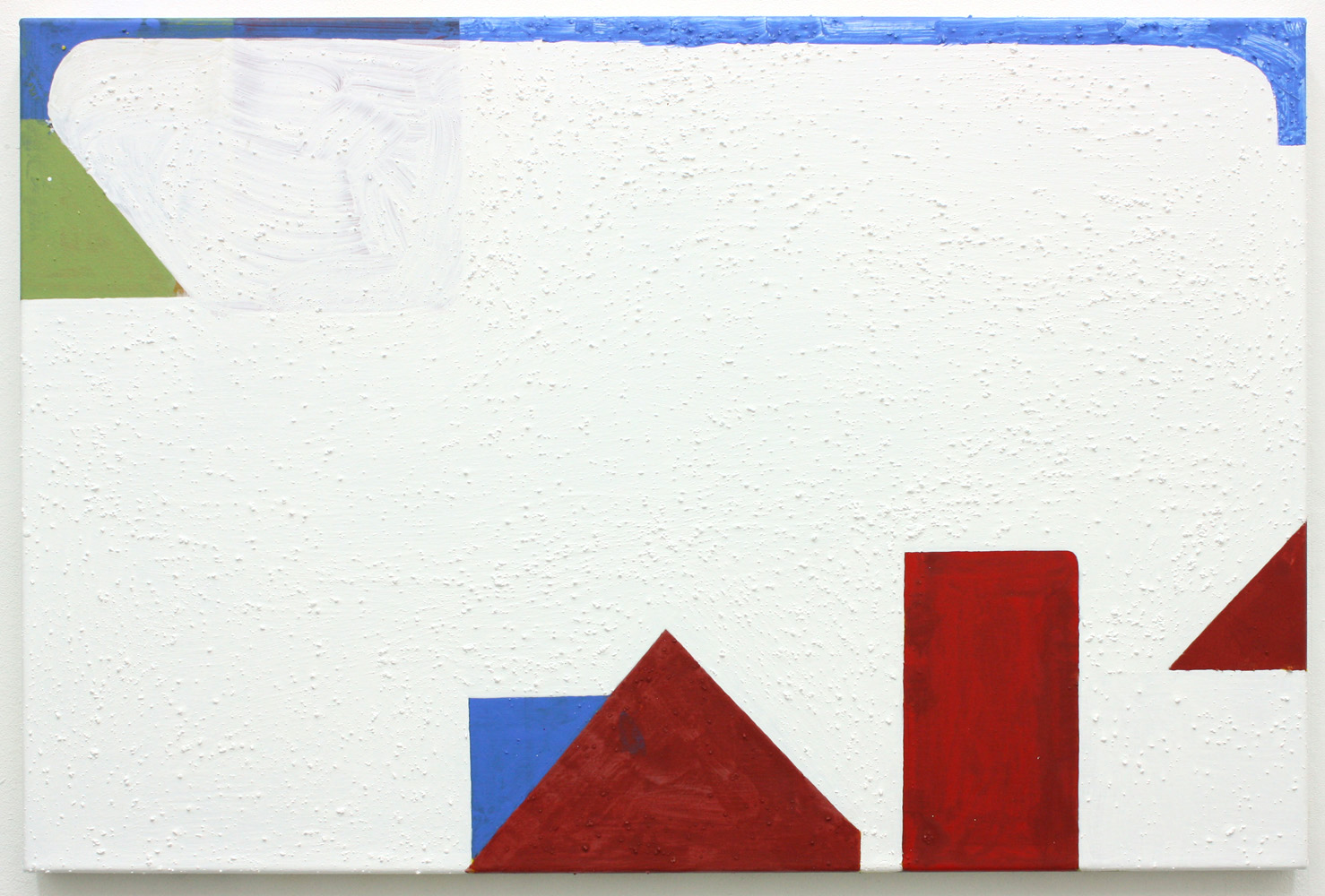
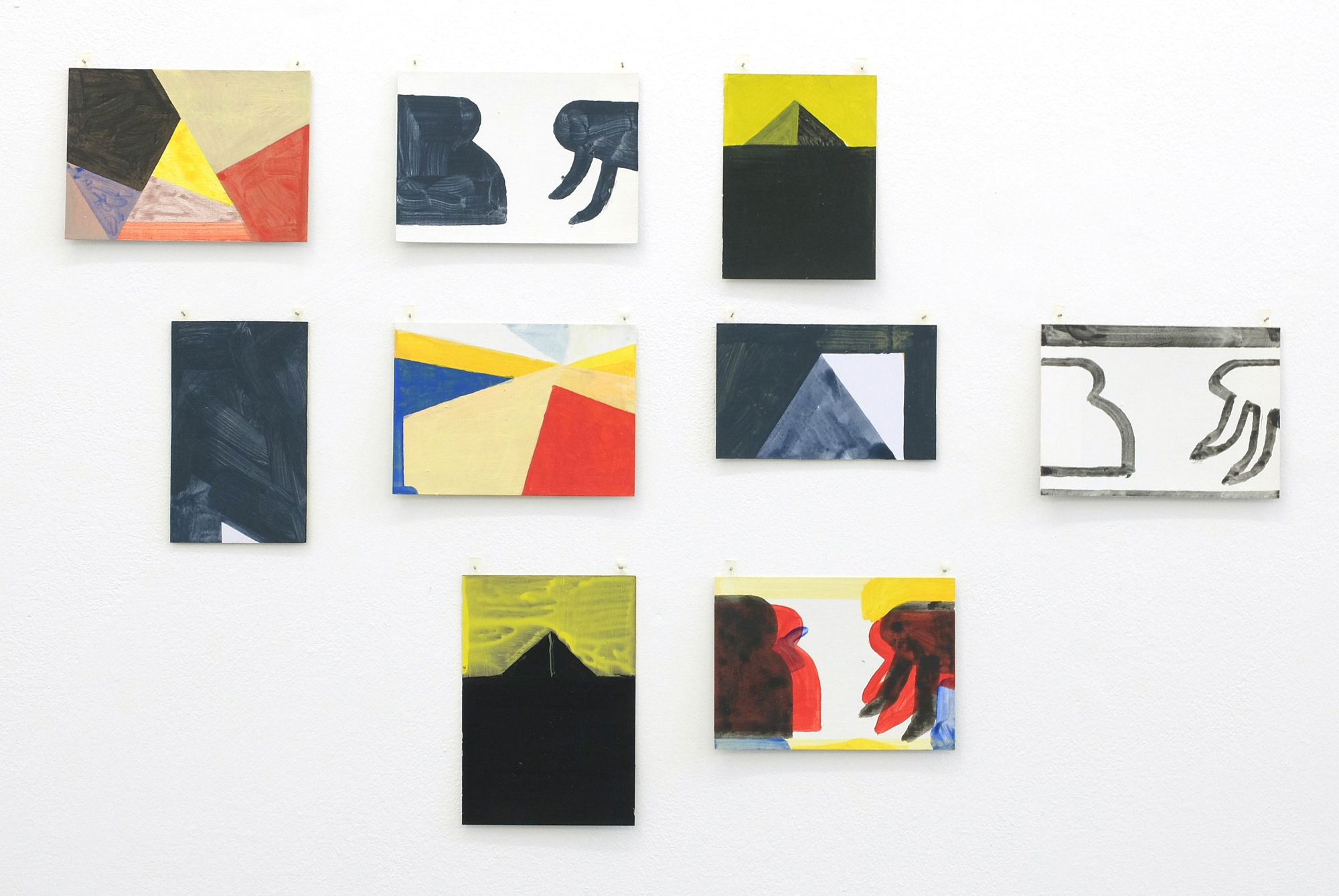
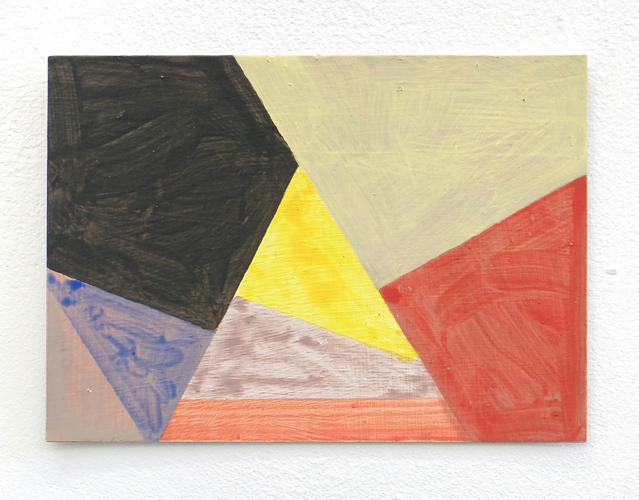
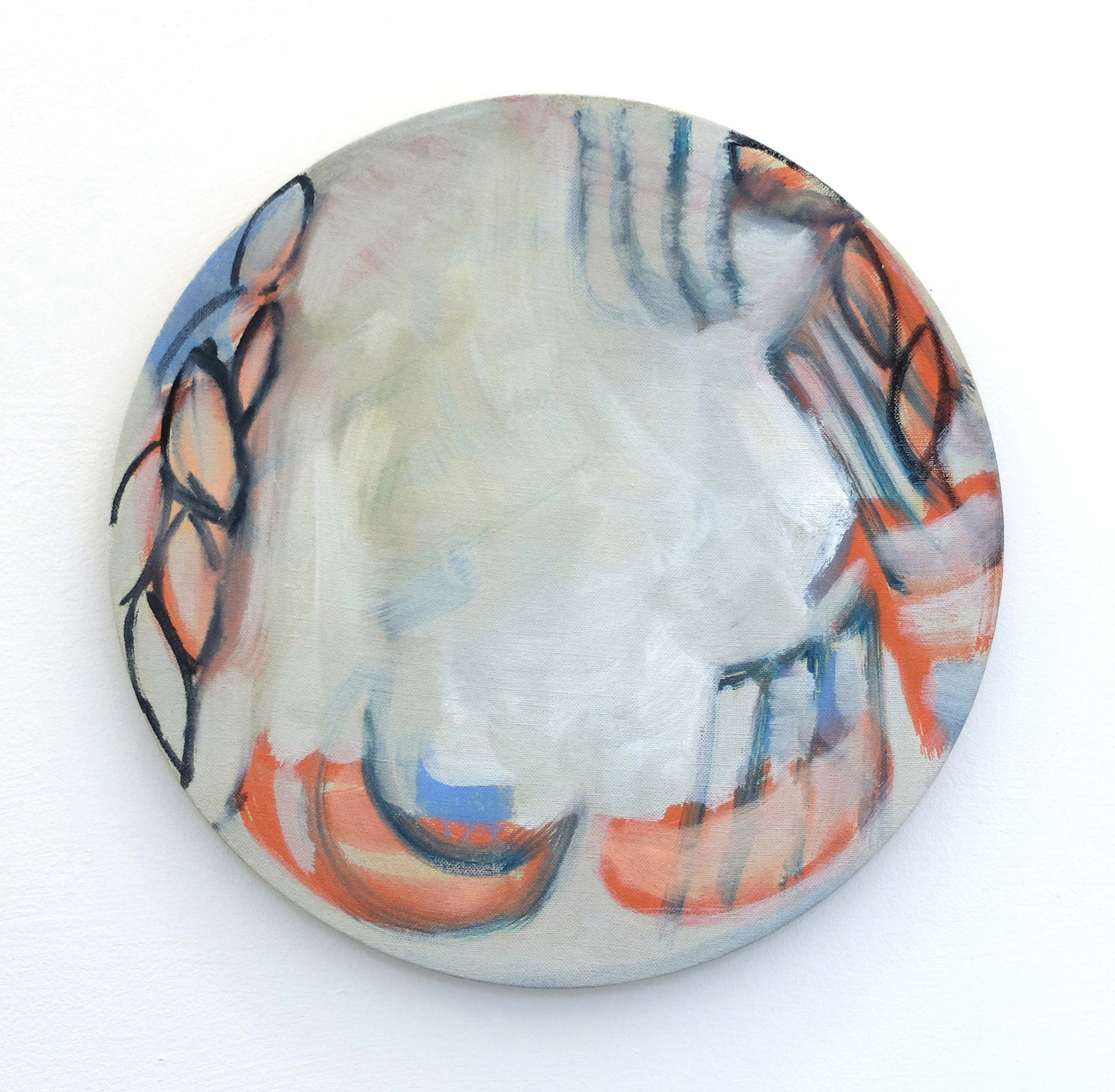
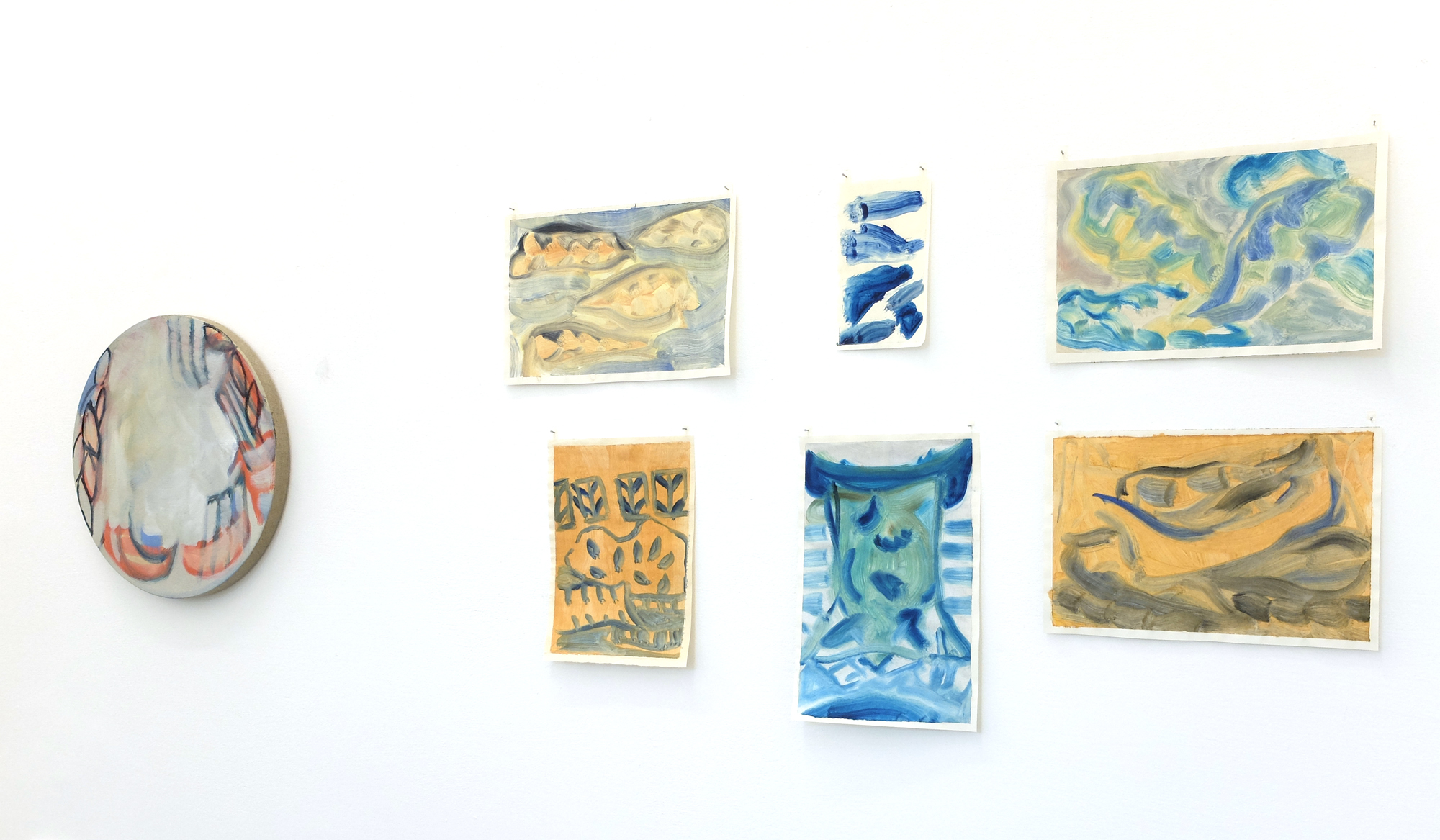
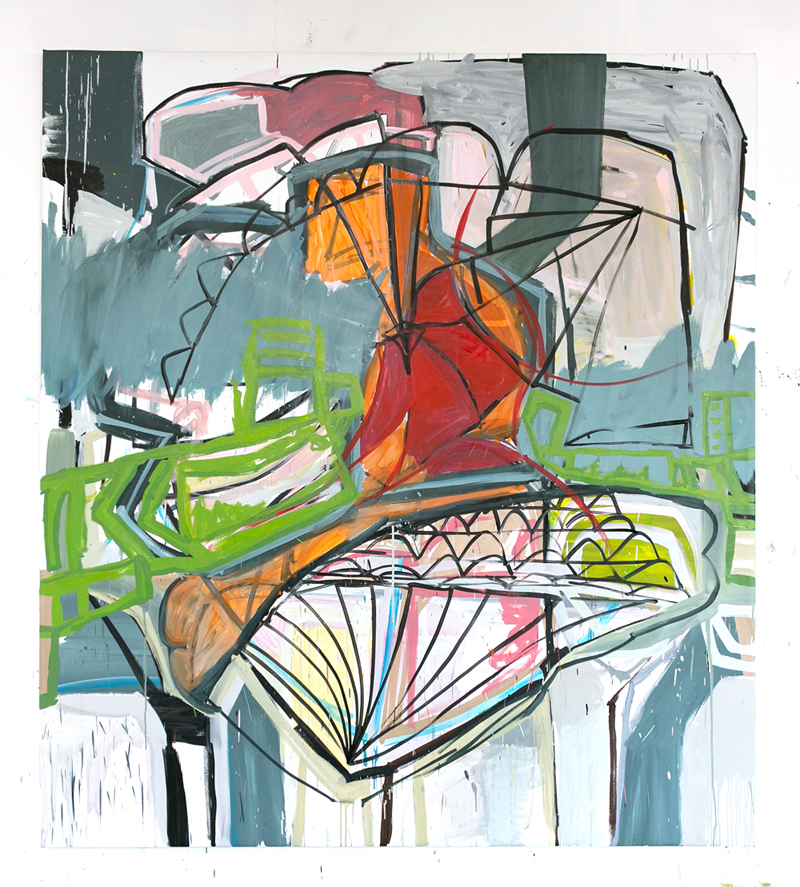
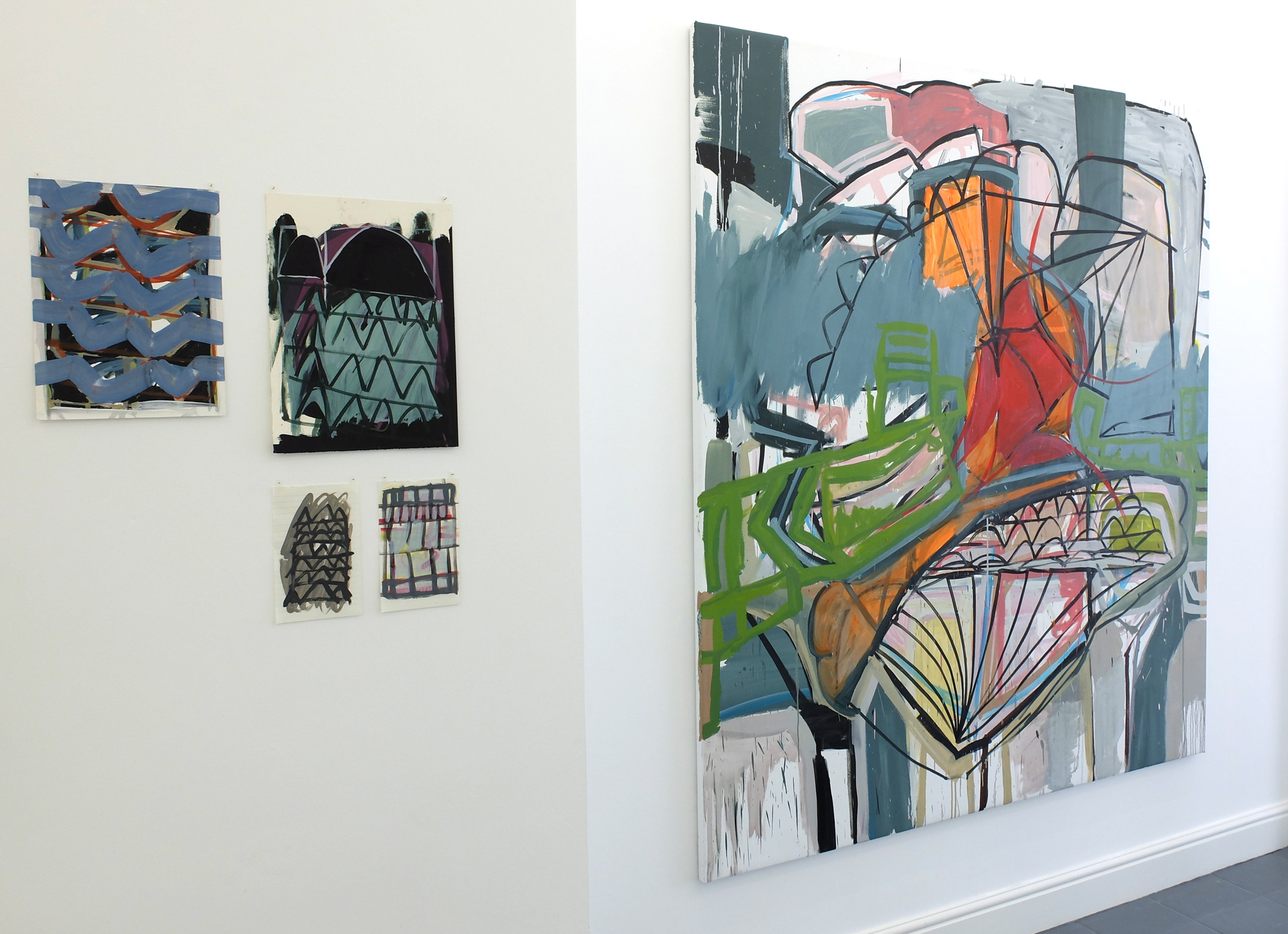
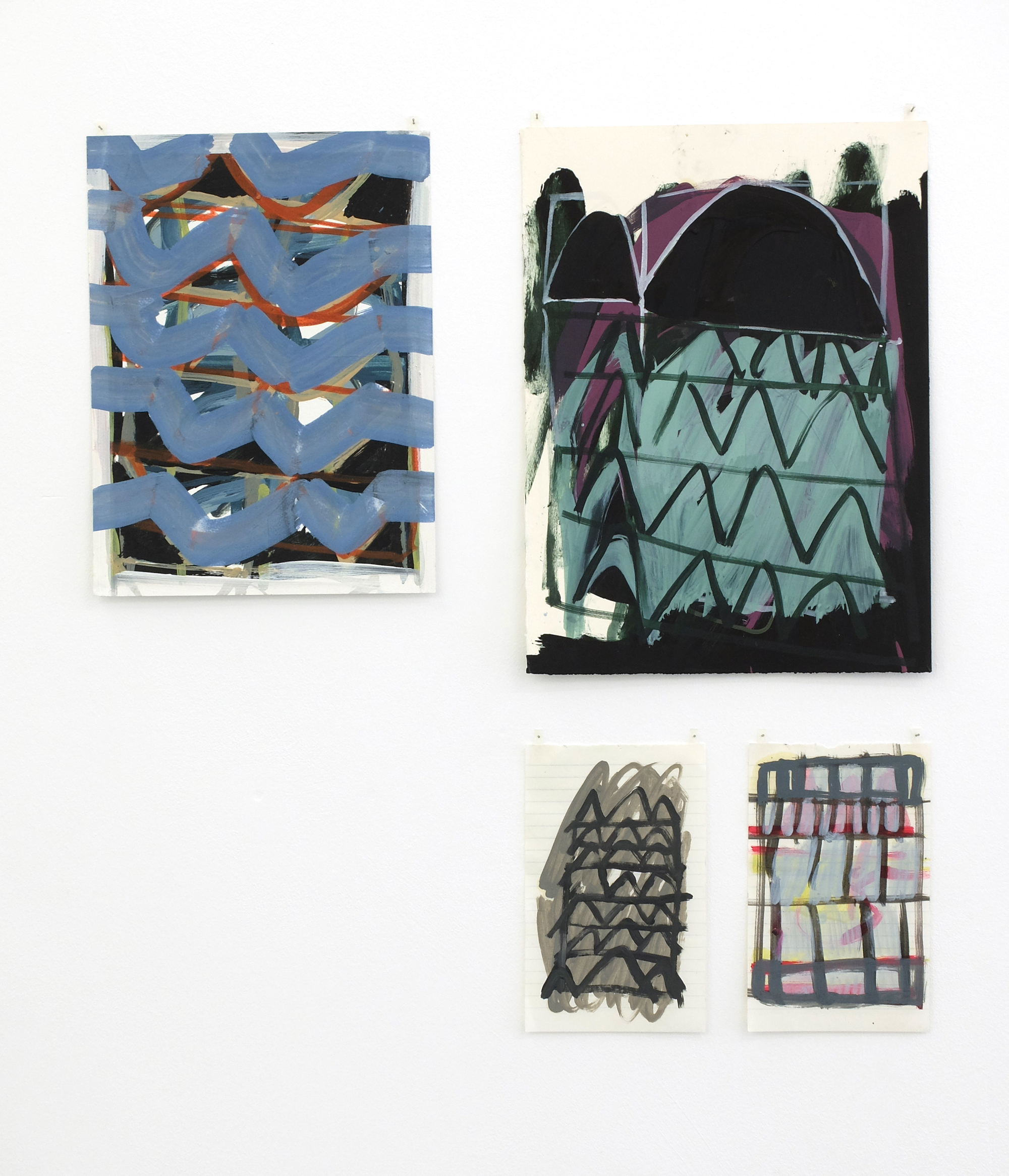
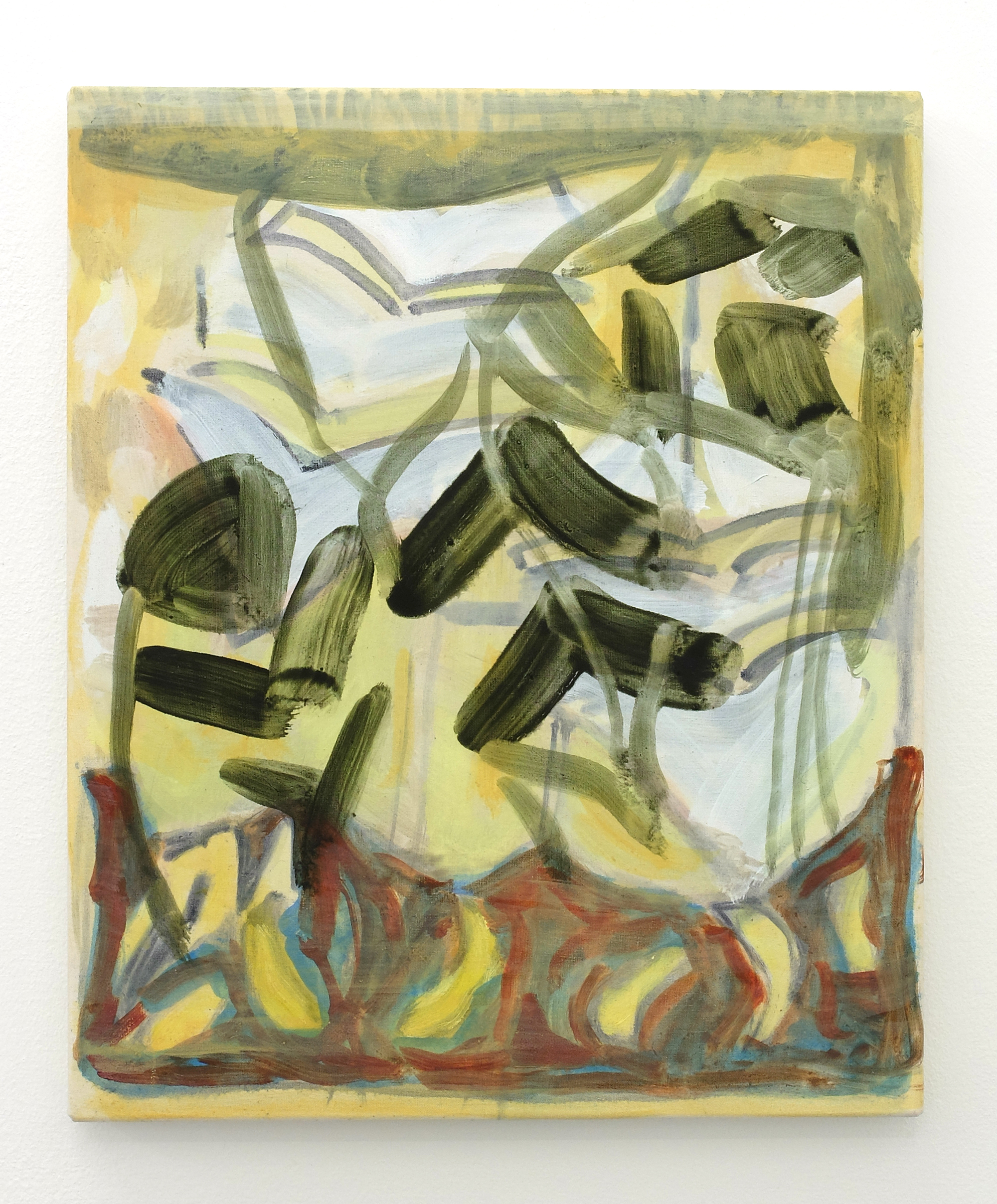
Infinity : One is based on a simple premise – the painter's approach to different surfaces. This starting point has lead to further consideration of the four artists' practice, especially in relation to canvas and paper. We have selected one painting for each artist to be presented alongside works on paper, card, and newspaper. These have been picked to establish a dialogue between mediums and among the four artists. During this selection process the interest has partly shifted towards artist studios' activities with a focus on technique and medium, aim and progress.
London-based painter Karl Bielik works with oils on canvas, board, paper, and found cardboard. The pieces on paper and card are sometimes preparatory to paintings, but not as a rule. Asked if a specific surface lends itself to more experimental work Karl writes: 'I try to be experimental with all my work, but the cost of paper does play a part in a looser approach and allowing the works to be finished earlier than I may when working on a more precious surface. It works well to stop me going down the well worn path of overworking paintings.'
Terry Greene lives and works in Yorkshire, he uses found paper, card, and newspapers to experiment alongside his paintings on canvas. Mixing collage, tape, acrylic paint, and marker pens, Terry uses paper to 'record forms that made too early an appearance - before I was ready to accept them. When working on found bits of board or paper I'm perhaps less concerned with questions of how and why, allowing for new improvised ways of making to be discovered. Also It's often fine to produce something quickly and much more provisional.'
Gwennan Thomas graduated from Wimbledon College of Art and has recently moved to Berlin. Her paintings on canvas and board are characterized by delicate layers of oil paint that seem to filter forms lingering in the background. 'As well as works on paper and paintings I am working on, my studio is often littered with notes and drawings stuck on walls with information on different paint combinations, thoughts and rough drawings as well as sketchbooks. I like there to be a running conversation between drawings and paintings and often look to my sketches to inform my larger paintings. My paper pieces are either works in themselves or echoes of ideas I am working on.'
David Webb uses acrylic paint to create condensed recollections that gather archetypical forms, characterised by the vivid colours of memory. About his use of different surfaces David writes: 'I work on paper and canvas simultaneously, I usually have a pile of ready cut cartridge paper in the studio and make work on this alongside working on canvases. Work on paper can be preparatory, unrelated, or independent from the work on canvas. I also carry a small notebook with me everywhere in which I draw and make written notes, every day, all the time. These are almost always in pencil or black/blue pen and are nearly always line drawings. They serve to record things and to remind myself. Most of my paintings on canvas and my work on paper described above begin in these notebooks.'

